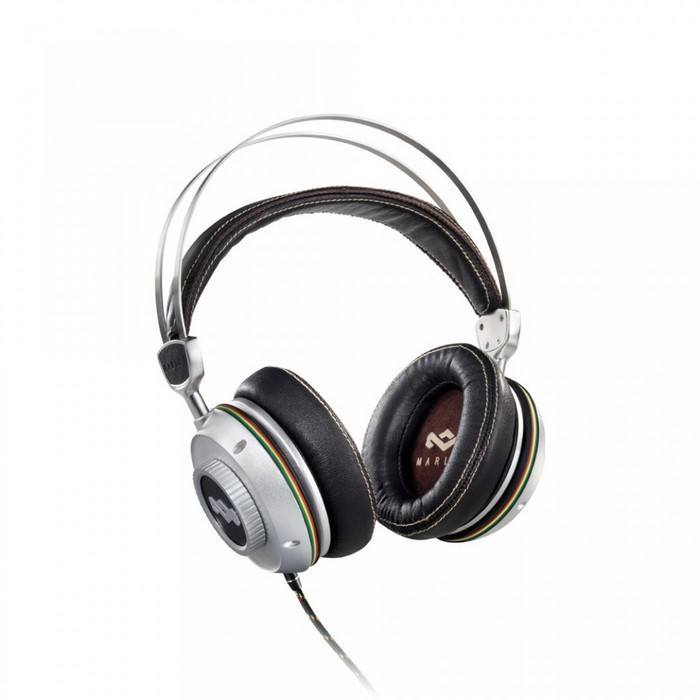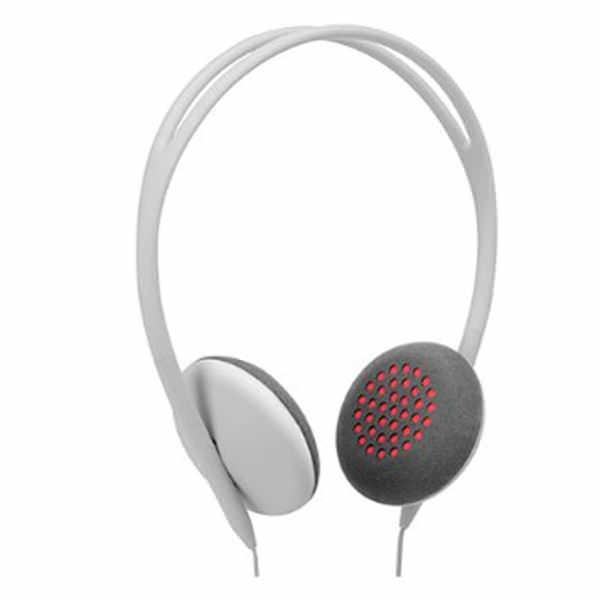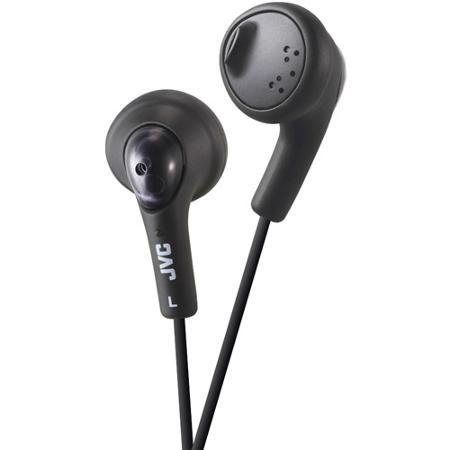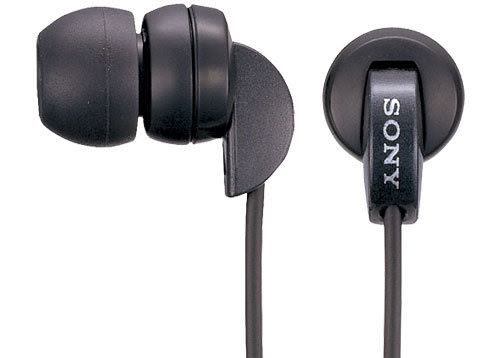When it comes to headphones, almost every person has its own opinion on what type is the best and what kind of sound they provide. Some like the sound to be filled with bass, powerful and “meaty”. Others tend to stick to headphones that provide more clear sound, in which every part of the music soundscape has its own place, and where none frequency is dominant. Today, with the rise of smartphones, headphones became a proper fashion accessory, almost every person has one pair, and it’s normal to see people wearing headphones every time they go outside. Because they’re so popular we made a relatively short, but information-rich article in which we’ll try to explain the disparity between different headphone types, and reasons why you should buy, or not buy, certain type of headphones. Four main types of headphones are Over-The-Ear, On-Ear, In-Ear, and Earbuds.
Over-The-Ear Headphones

They are big, bulky, and can provide the best sound quality. There are even models that offer a 7.1 surround sound. In terms of clarity of audio image Over-The-Ear type of headphones can provide you with the best and clearest output. It’s because they have the biggest room for putting the best speakers. They can even offer a noise-cancelation option, whether it is active (when a microphone is built into the headphone to picks up outside frequencies, decodes them and then headphones produce the exact opposite sound waves from the outside ones, and mix them with the music the listener is listening to) or passive, that can be found with most Over-the-Ear headphones (in which headphones enclose user’s ear, and provide noise cancellations with their cushions). Some models have an open back, in order to provide superior bass experience (because the woofer requires an exhaust for great sound, it needs the air that circulates.
Over-the-Ear headphones are loved by audiophiles, and they are usually relatively expensive, (i.e the good ones), but the clarity and quality of the sound image generated is usually worthy of the high price. They are meant to be used inside, but more and more people use them outside while casually walking. They are not suitable for jogging because they are bulky, heavy and can come off pretty easily, especially if you move at a high pace. There are wired and wire-less models, but for the superior sound quality, it is recommended to use wired models.
On-Ear Headphones

Smaller relatives of the Over the Ear headphones, On-Ear class of headphones also offer fairly good sound quality, but they can’t isolate outside noise as good as Over-The-Ear class of headphones can. It is because they are smaller and instead of enclosing the ear completely, they just cover your ear canals.
This feature means that on-ear headphones are not so good in sound isolation, except if being used inside, in a place without high-level noise. When outside, you’ll have to increase the volume level and probably damage your ears, if using this type of headphones frequently. On the other side, on-ear headphones are usually much cheaper than over-the-ear ones, they are easier to wear, and will not overly discomfort you if wearing them more than a couple of hours. They as well come in wired and wireless forms.
Earbuds

Earbuds appeared with the release of Sony’s iconic device Walkman and quickly gained huge popularity. This group of headphones is extremely lightweight, cheap, provide decent sound quality, and can be found practically anywhere in the world. In recent years they lost some of its popularity, partially because in-ear types of headphones started to appear, offering superior noise-cancelation and deep bass sounds, something that can never be easily managed on earbuds.
They are ok to use both inside and outside, but because they practically can’t provide any noise cancellation benefits, earbuds are not recommended to wear outside unless you desire to hear your environment. They can be painful to wear, especially if you wear them more than one hour, just a few models support wireless protocols (like Bluetooth) and are generally outdated.
In-Ear Headphones

They can be described as the best of both worlds. They offer passive sound-cancelation because they are meant to be put in the ear so that outside noise can be turned off with the help of their ear-tips. Although memory foam is usually the best choice for ear-tips, quality silicone can also do a very good job in keeping the outside noise out while still be comfortable to wear.
Since they enter the ear canal, sound quality can be great. But, cheaper models offer poor quality in terms of broadness of the sound image, with muddy basses and ear-hurting trebles. They are also the lightest, have both wired and wireless models, and usually have different sizes of ear-tips to accommodate different users ideal fit. Higher quality models, especially when paired with a good amp, can produce incredibly rich, clean, and at the same time powerful audio output, with clear basses and trebles that don’t sound like someone is scratching the blackboard with their nails.
In-ear headphones are currently the most popular type of headphones. They’re also models that are placed deep inside ear canal (they are called, logically, in-ear-canal headphones), providing rich soundscape without the need for a high volume, but many people find them uncomfortable to wear for longer periods (longer than, let’s say, half an hour).
Which Ones To Pick
The decision should be relatively easy. If you want superior sound quality and money isn’t a problem, go for some quality model of over-the-ear ones, and definitely pick a wired model. If you spend a lot of time outside, and hate when outside noise gets in the way of your music pick in-ear type, and for just $20-$25 you could get a model that also offers a respectable sound quality. For people that just want to wear their headphones both outside and inside, an on-ear or over-the-ear type should be the best choice, especially some on-ear model that is light and comfortable to wear for long periods of time. Earbuds should be picked only as a secondary choice, in the case when main headphones get broken or lost. Earbuds are practically outdated and there are so many better choices today. Just remember, when using any type of headphones, don’t increase loudness level above 80%, and wear headphones an hour or two per day, max. Thanks for reading, we hope that this article gave you important information about different headphone types and that you’ll find exactly what you need.

